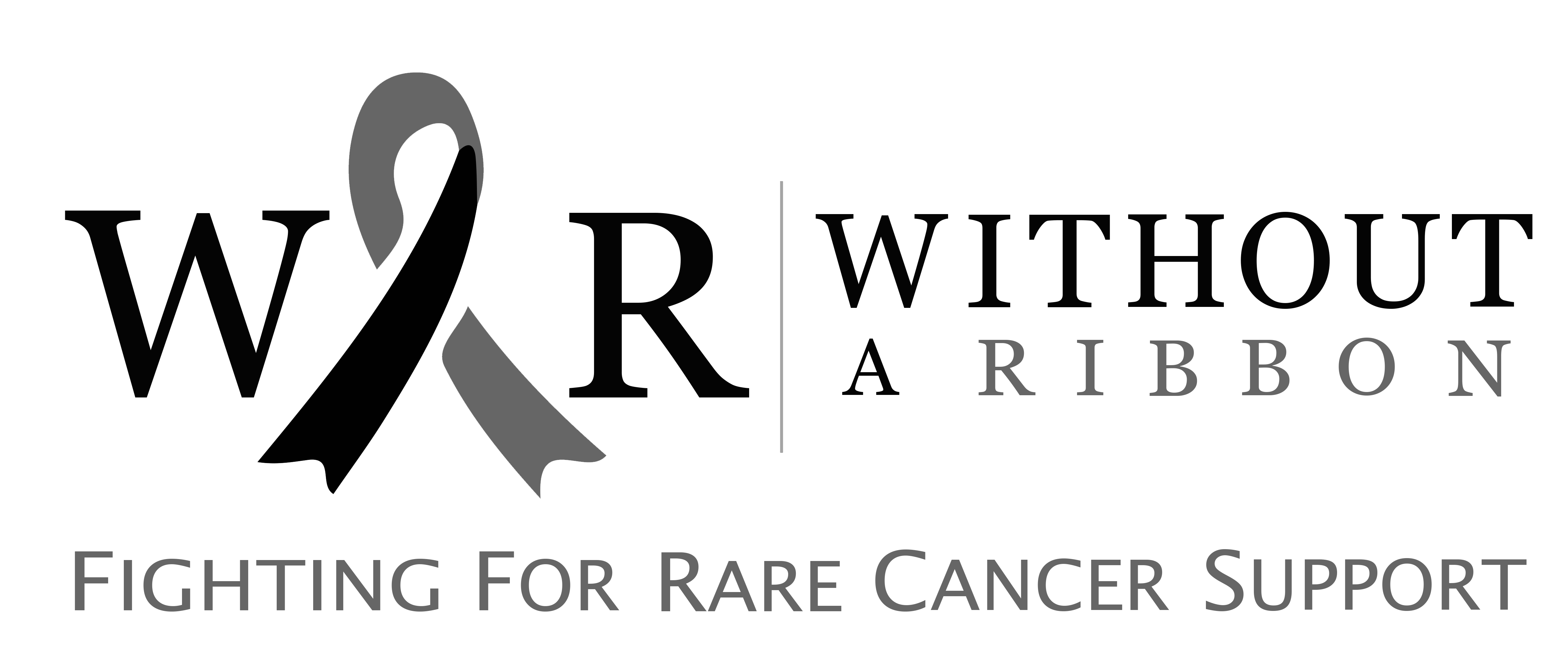What is Testicular Seminoma?
Testicular seminoma is a tumour of the male germ cells. That is, it develops from spermatozoa (the initial stage of development of mature sperms) present in the testicles and grows to form mature sperms. It is a malignant disease, but the likelihood of cure is higher, approximately 95% survival after treatment. A malignant tumour is a tumour that grows rapidly and spreads to the other parts of the body.Disease Epidemiology
Testicular cancer is a rare tumour, accounting for only 1-2% of all cancers in men. It mainly affects males between the ages of 15 and 35, but it can develop at a later age.Disease Etiology (Causes)
There is no well-known cause, however certain genetic mutations, trauma or damage to the testicles, exposure to maternal estrogen in the mother’s womb, mumps, and congenital undescended testis are all contributing factors. Exposure to environmental chemicals such as polyvinyl chloride, organochlorines, marijuana and tobacco also causes testicular seminoma.Signs and Symptoms
The patient may suffer from the following signs and symptoms. These are- Masses or hard nodules can be felt on touching testis
- Although in some cases masses or nodules are not felt, a decrease in testicle size may be observed
- In abdominal metastatic cases, the symptom of back pain is present
Diagnosis
The following diagnostic tests and procedures can be used to make a diagnosis. These are- CBC (complete blood count)
- Serum alkaline phosphatase
- Serum Human chorionic gonadotropin levels (B-HCG)
- Alpha-fetoprotein (AFP)
- Lactate Dehydrogenase
- Imaging tests like scrotal ultrasonography (USG), CT-scan testis, CT-scan abdomen, CT scan chest, and brain to detect the tumour size, site, and metastasis.


